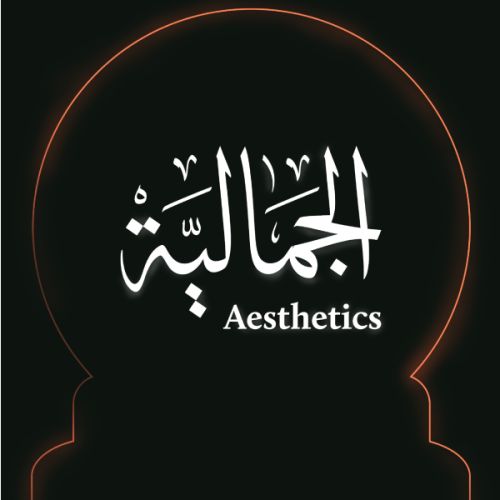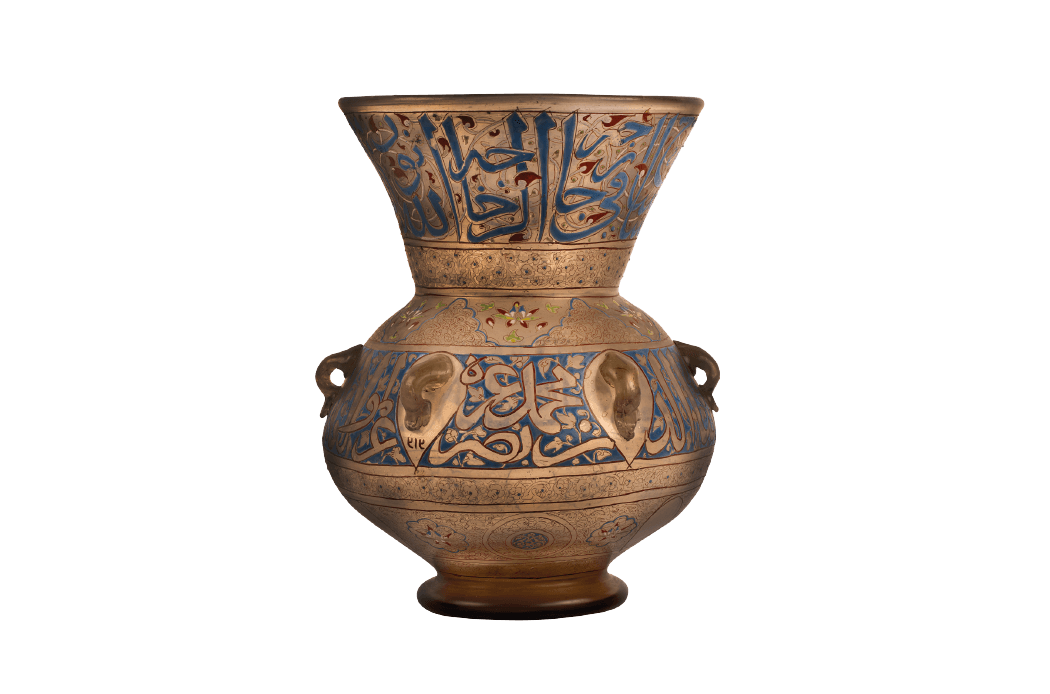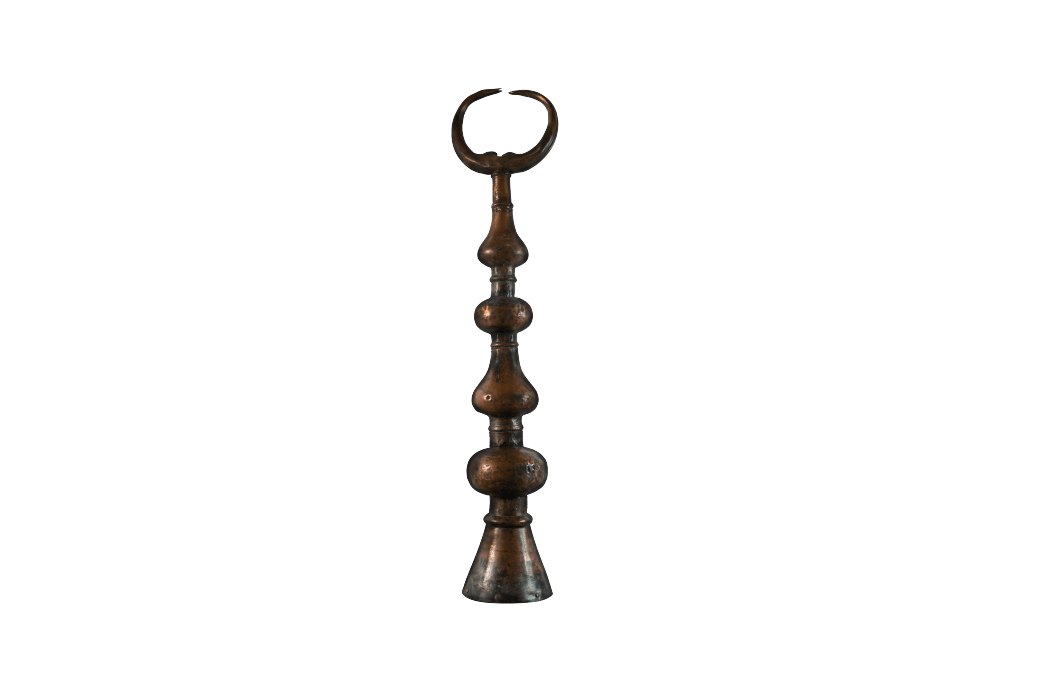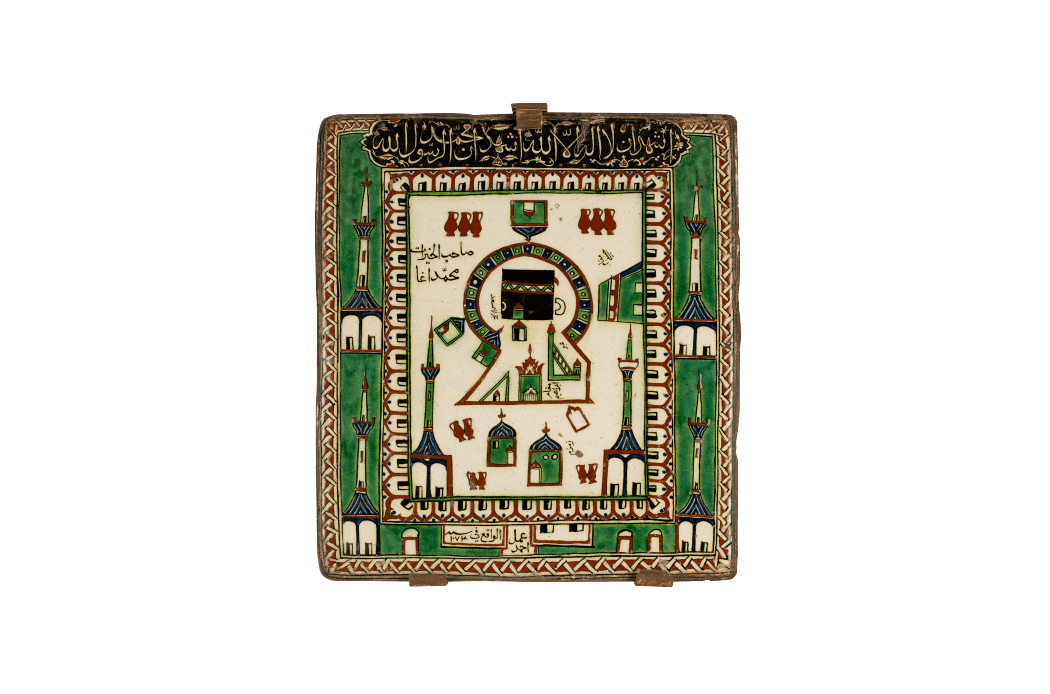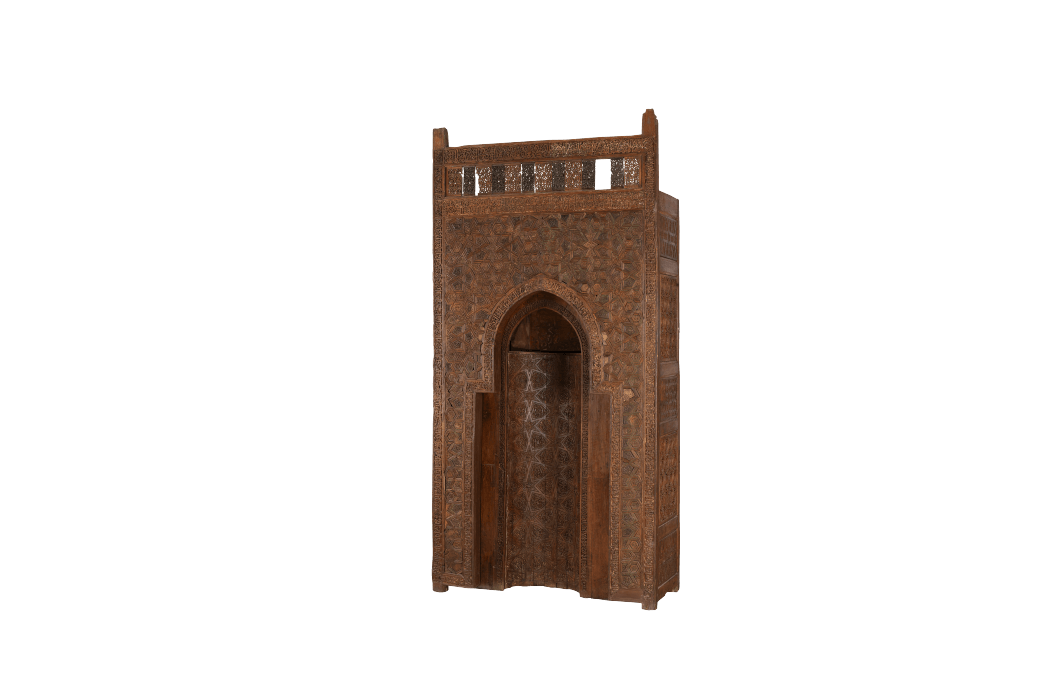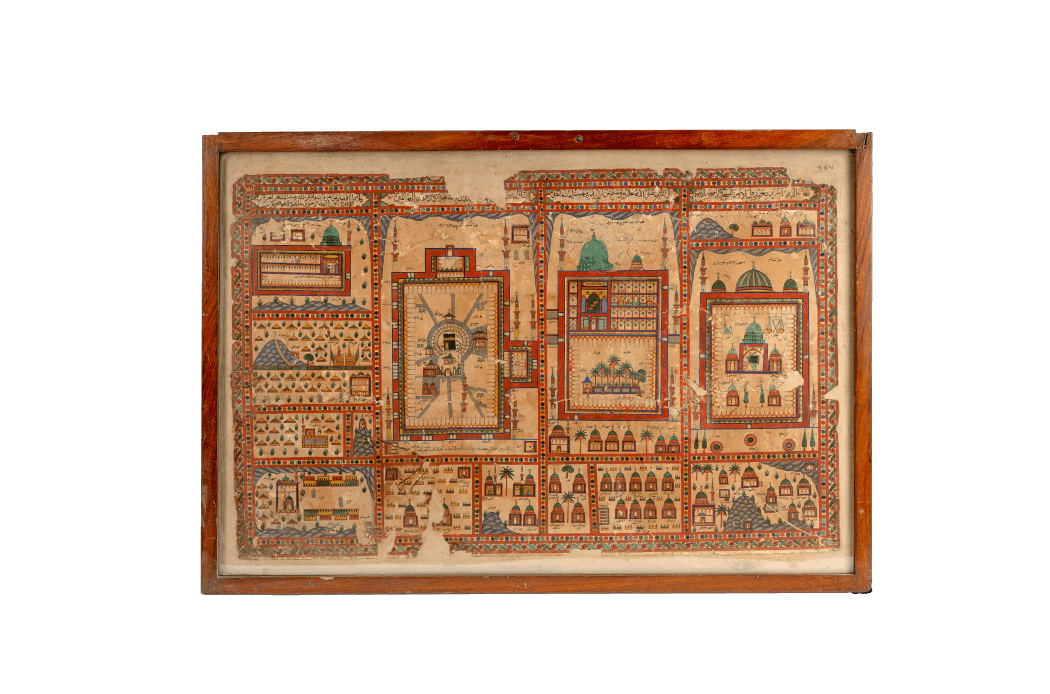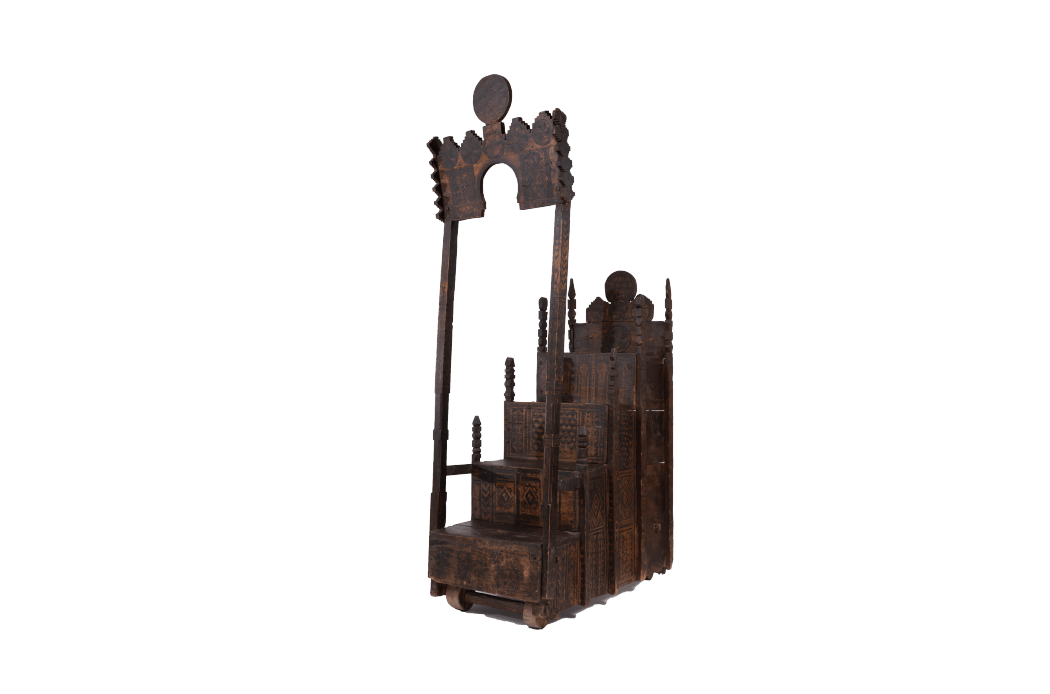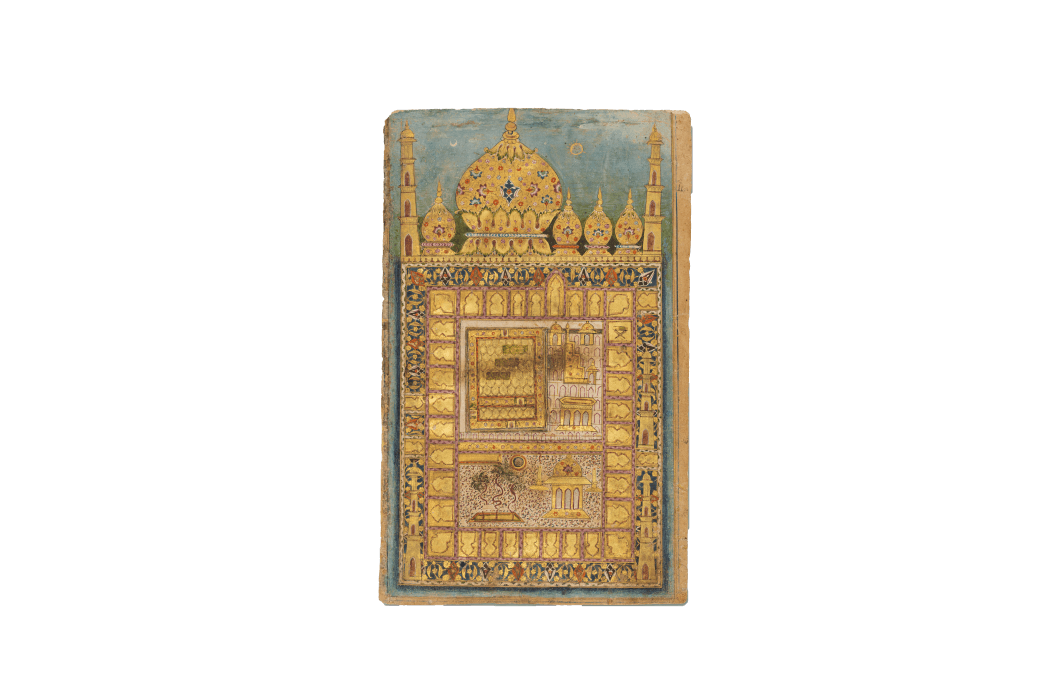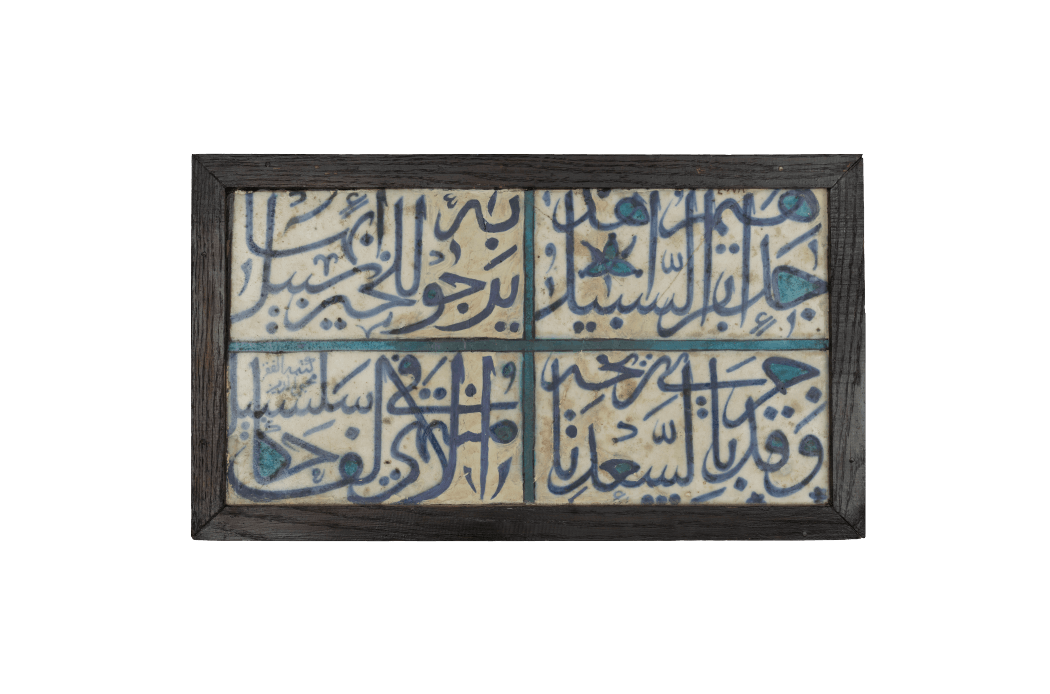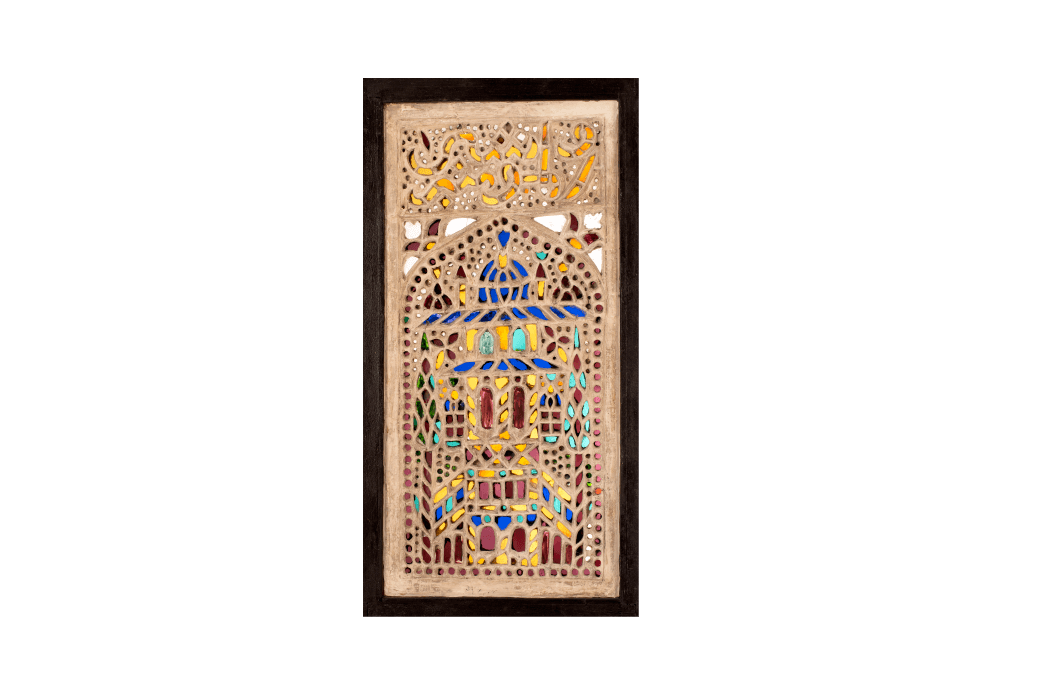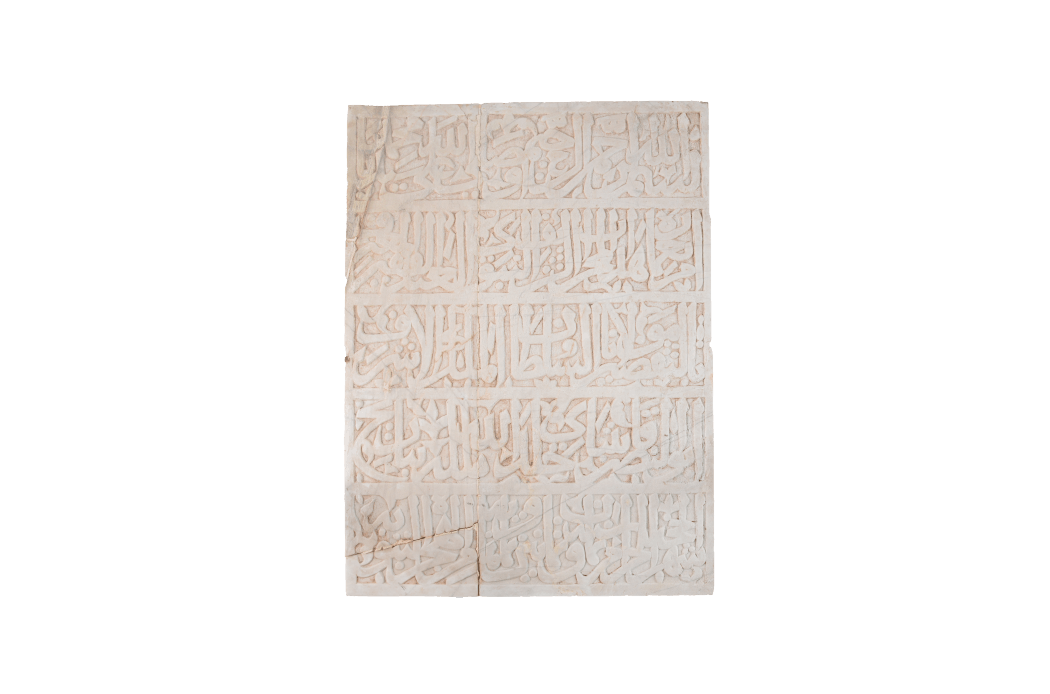"قَدْ نَرَىٰ تَقَلُّبَ وَجْهِكَ فِي السَّمَاءِ ۖ فَلَنُوَلِّيَنَّكَ قِبْلَةً تَرْضَاهَا ۚ فَوَلِّ وَجْهَكَ
“شَطْرَ الْمَسْجِدِ الْحَرَامِ ۚ وَحَيْثُ مَا كُنتُمْ فَوَلُّوا وُجُوهَكُمْ شَطْرَهُ
(القرآن الكريم، سورة البقرة، آية 144)
Verily, We have seen the turning of your face towards the heaven.
Surely, We shall turn you to the qiblah that shall please you,
so turn your face in the direction of the Al-Masjid-Al-Haram.
And wheresoever you people are, turn your faces in that direction.
(The Holy Quran, Surat Al-Baqarah, verse 144)



